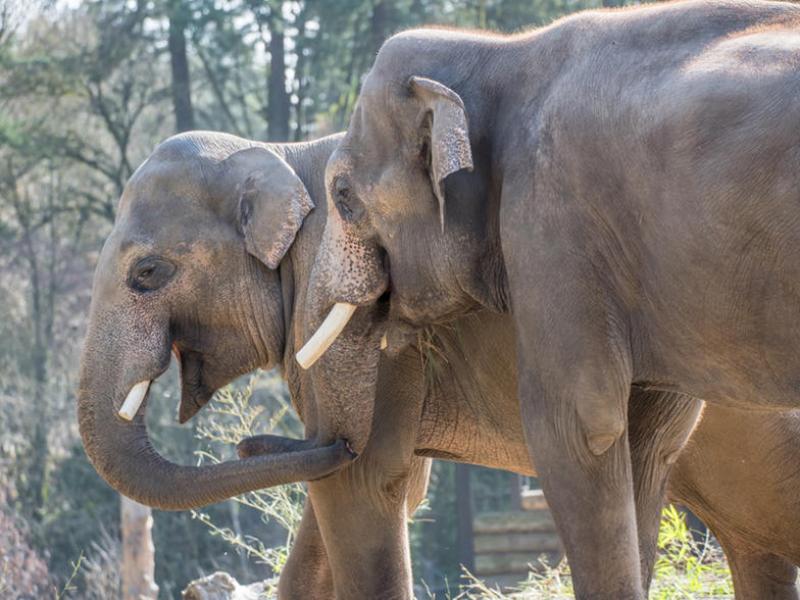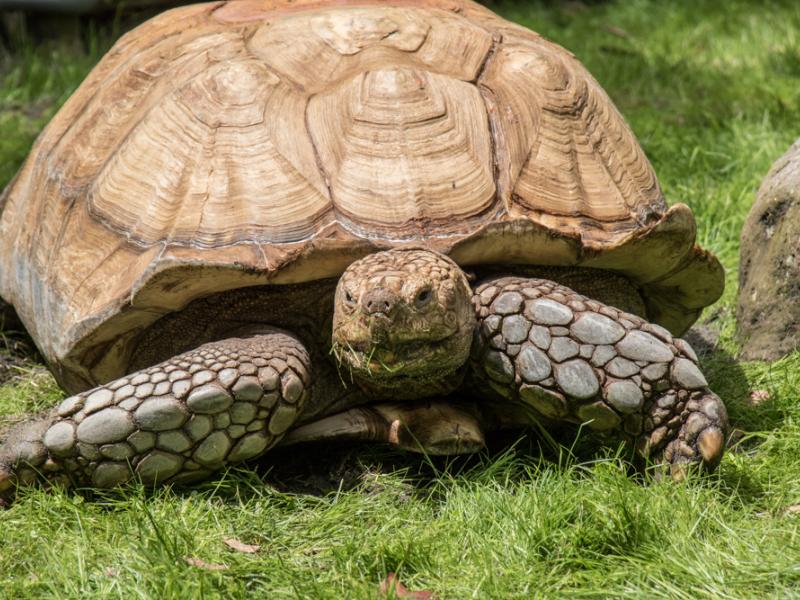
Mountain goats, a North American native, range from steep slopes at elevations up to 13,000 feet, to temperate forests at sea level in coastal British Columbia. As herbivores, they eat grass, herbs, lichen, moss and woody plants.
Their historic range was Southeast Alaska south to the Columbia River and east to the southern Yukon, Idaho and western Montana. After settlement of the West, their numbers declined due to hunting. Through the 1900s, goats were introduced for trophy-hunting east to South Dakota and south to Colorado and Utah. In their current range (historic and introduced areas), a 2003 study estimated total population between 75,000 to 110,000.
Did you know?
- Mountain goats are not true goats, and are actually more closely related to antelope.
- They do not butt heads.
Goat lingo
- Herd: grouping of goats
- Band: a group of goats within a herd; bands can include more than 100 goats
- Nursery band: females with kids and young goats up to age 2
- Kid: a young goat, up to age 1
- Kidding: when female goats give birth
Goat behavior and facts
- A mountain goat's wool coat is white, an adaptation that helps it hide from predators by blending in with its snowy environment. It sheds its coat, or pelage, each summer.
- Mountain goats' major predators are mountain lions, gray wolves and brown bears.
- Males and females both have eight to 10-inch long, black, recurved (curving backward) horns. Unlike a deer's antlers, these horns do not fall off, but rather grow longer and thicker with age. Males' horns are thicker and more curved.
- Goats hooves have a hard, sharp rim enclosing a soft inner pad. The inner pad helps provide traction on steep, uneven terrain, an adaptation for surviving in the goats' mountain habitat.
- Goats may form large groups in the winter in protected areas; in summer, they disperse into small bands, climb to higher elevations and congregate at salt licks.
From birth to death
- Mating: November to early January
- Gestation: 147 to 178 days, with births in May and June
- Weight: five to eight pound at birth
- Twins aren't uncommon
- Kids can stand immediately and within seven days can follow their mother on steep uneven terrain
- They are weaned at four months
- Goats mature at about 30 months.
- Lifespan: 12 years; the oldest recorded lifespan is 18 years
Vital statistics
- Four to five feet from the tip of the nose to the rump, plus a four- to eight-inch tail
- 100 to 340 pounds, with males typically 25 percent larger than females.
Mountain goats at the Oregon Zoo
Located in the Great Northwest.




